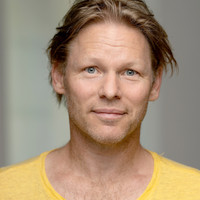Dans og koreografi
- Are you interested in developing physical capacities that also reach beyond technical skills and delve into the body in all its complexity?
- Do you want to strengthen your physical, collaborative, and reflective skills?
This bachelor’s programme offers a space where you can develop and deepen your skills in, and awareness of, the artistic, technical, and critical perspectives of dance and choreography. The dual focus on both dance and choreography recognises their entangled relation. It encourages an approach to knowledge that casts aside presumed oppositions between body and mind, theory and practice, thinking and doing.
The programme gives you a strong foundation in physicality and qualifies you to engage in a wide array of artistic work both individually and as part of a group.
ONE PROGRAMME – TWO VERSIONS
In 2023, DASPA established its new campus in Holstebro. The Dance and Choreography programmes in Holstebro and Copenhagen share the curriculum but differ in the application. This means that although they share courses, the content is different from one campus to the other.
In Holstebro, the programme aims to graduate highly accomplished dance performers who see themselves working on stage in repertory and /or independent companies, while in Copenhagen, the focus is on graduating dance makers for the independent scene.
More details about the programme below...
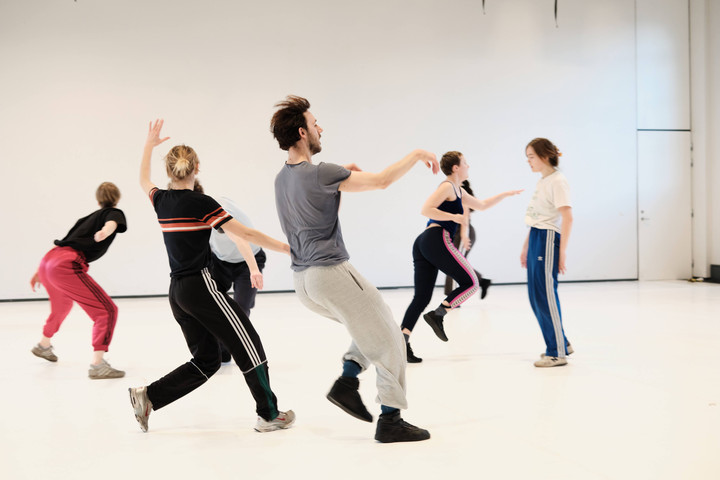
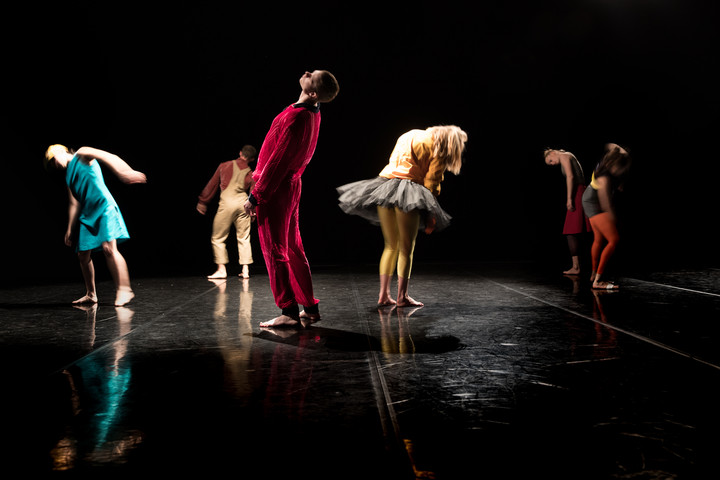

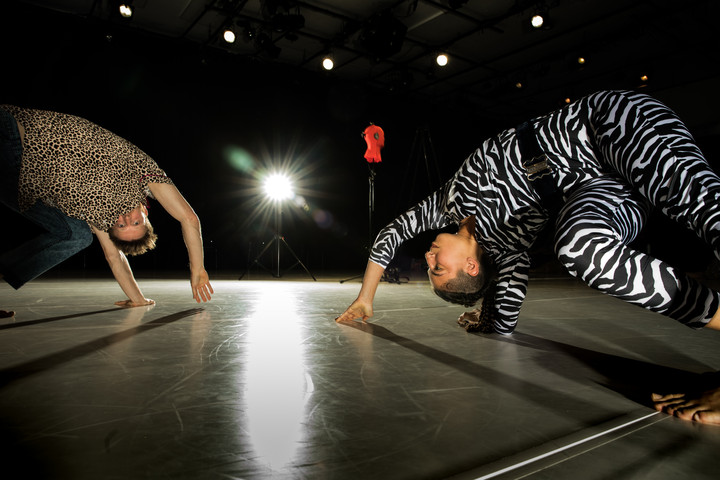
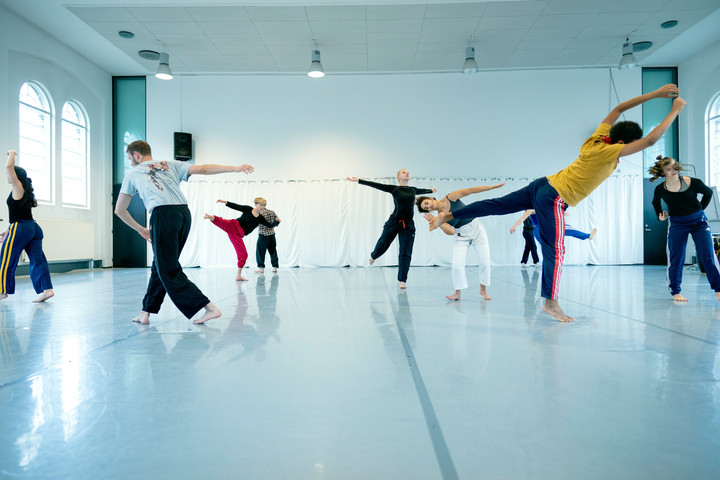

PROGRAMME STRUCTURE
The three-year bachelor's degree consists of the following main tracks:
- Dance
- Choreography
- Performance projects
- Individual projects and context
The content under these headlines varies between the two locations in Copenhagen and Holstebro.
The main subject of dance is taught in the modules Dance Body Movement that run throughout all three years of the programme. This mostly consists of contemporary techniques, somatic practices, release techniques, improvisational tools, contemporary ballet, and may include urban techniques and martial arts. In Holstebro established techniques from the Western dance tradition are more in focus, including its later development and the cultural inspirations that mark its history. In Copenhagen, the focus is on the contemporary development following the post-modern era in the Western dance tradition including the cultural inspirations that mark its history.
The main subject of Choreography is also taught throughout the three years. In Holstebro, the subject of Choreography focuses mainly on the interpretation and execution of choreographic works. This also includes in-depth understanding of improvisational structures, compositional tools, and creation of movement materials. In Copenhagen, the subject focuses mainly on the crafting of your own work and, in addition, also the contextual sides of an expanded notion of choreography. Here, choreographic perspectives beyond dance, yet based on the embodied knowledge of movement, are investigated.
Every study year contains a larger performance project where the entire year group usually works with an internationally renowned choreographer on a piece that is publicly presented. These projects give the student the chance to apply everything they learned throughout their studies. Examples of choreographers from recent years are Samuel Feldhandler, Eleanor Bauer, Renan Martins de Oliveira, and Matija Ferlin.
The last category of individual project and context gathers several topics. The context studies introduce the student to neighbouring art forms and fields of knowledge that are relevant to the two main subjects of dance and choreography. This may include pedagogics, aesthetics, art history, stage technique, entrepreneurship, and pedagogy. The individual projects allow the student to investigate a field of interest through practice and theory and experiment with modes of documenting and presenting. There are two of them, one in the second year and one in the third. The latter is the individual graduation project.
STUDY FORM AND STUDY ENVIRONMENT
An important characteristic of the programme is the close interaction between practice, theory, and reflection. A regular day consists of two technique classes and a longer afternoon workshop session. The workshop can include repertory work, somatic investigations, composition, and improvisation. There are theory classes but the focus is on practice and the aim is to introduce the theory through practice.
Your schedule will vary from week to week and will include times when you will need to be at school in the evenings and on weekends. Attendance of all academic activities is obligatory.
As a student, you will meet prominent artists currently working in Denmark, Europe, and around the world.
The in-house faculty consists of Malin Astner, Quim Bigas, Tiziana Fracchiolla, Toke Broni Strandby and Rasmus Ölme. Regular guest teachers from recent years include Jan Burkhardt, Erik Eriksson, Shai Faran, Anna Grip, Sophia Mage, and Antoinette Helbing. Also, Jefta van Dinther, Alessio Castellacci, and Gabriel Schenker have been among the occasional guests in recent years.
The Dance and Choreography programme also at times collaborates with other educational programmes of DASPA in inter-disciplinary work and artistic research work.

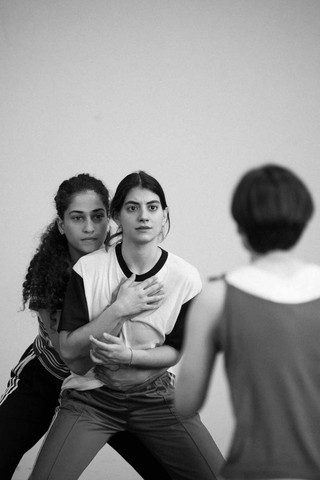


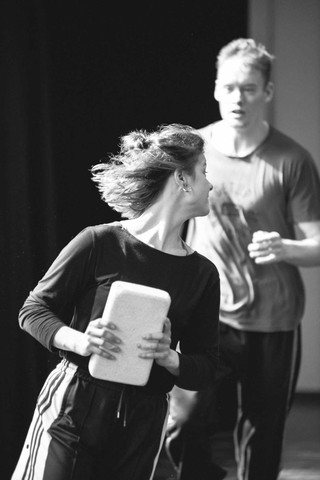
CAREER AND WORKING LIFE
Graduates of the programme will have the skills and knowledge needed to work as professional dancers and choreographers, as well as the ability to develop their own creative projects. The programme provides students with tools that enable them to create a sustainable artistic work life within a performing arts field and open up work opportunities that go beyond performing arts.
Students graduating from Holstebro will be versatile technically equipped dancers that can enter a company structure from a collaborative point of departure and with a critical awareness of its modes of operation.
Students graduating from Copenhagen will be prepared to engage in the professional independent field, as a creative artist be it as a performer in someone else’s work or to produce their own work alone or collectively.
ADMISSION
All students are admitted based on an audition that usually takes place between March and May. The admissions committee assess applicants’ suitability based on set criteria. The criteria apply to Danish as well as international Full Degree students. Students who do not have English as their first language may be required to submit TOEFL, IELTS or other English language proficiency test scores.
